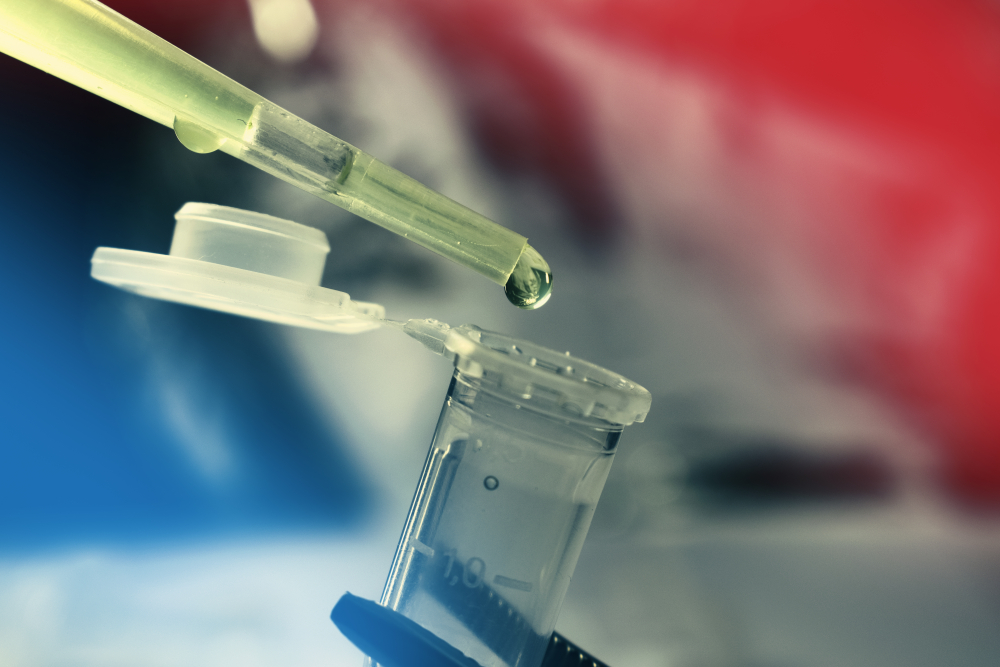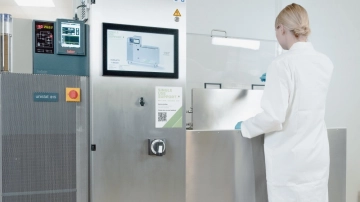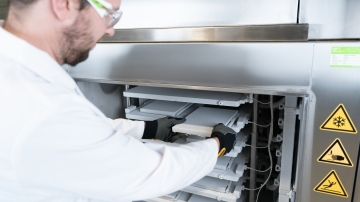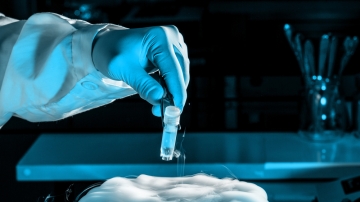Types of cell banks: An overview
Table of contents
ShowThere are a number of different types of cell banks, and irrespective of which one we are talking about, cell banking requires expertise, appropriate quality control and constant monitoring. In addition to special equipment, the right set-up and infrastructure are prerequisites for professional, high-quality cell banking. This is true for both the preparation of GMP production and non-production master cell banks.
All the mentioned factors need to be considered in order to achieve and maintain cell viability, be it in research and development cell banks or their offshoots, namely1
- master cell banks,
- working cell banks, and
- end-of-production cell banks.1
Research and development cell banks
Research and development cell banks (R&D CBs) are specialized repositories used to store cells that are specifically used for, as the name suggests, research and development purposes. They serve as a valuable resource in a number of scientific fields, including biotechnology and the pharmaceutical industry.
In order to ensure authenticity and stability, quality control is a critical step of the process, which covers the isolation, cultivation and characterization of cells. If deemed usable, these cells can be used as the foundation of a master cell bank.
Master cell banks
Master cell banks (MCBs) are needed to provide a renewable and consistent supply of viable cells for different purposes. This type of cell bank is the primary source of cells from which working cell banks (WCBs) can be derived.
MCBs themselves are usually created from research and development cell banks. However, another important source is WHO Vero RCB 10-87 – a reference cell bank that can also be used to generate master cell banks.2
After extensive testing and quality assurance, portions of the MCB are stored for preservation. They can be accessed at any given time to form the basis for new working cell banks. A master cell bank’s establishment should always aim to ensure consistency, safety, and reproducibility of large-scale cell-based production.2

Working cell banks
As mentioned above, all working cell banks are generated from an MCB, which means they are basically smaller sub-banks. However, like the master cell bank, they are characterized and tested for quality before being used for specific projects.
Working cells serve as a renewable and consistent source of cells for the production of biologic drugs, cell-based therapies, and other pharmaceutical products. It is thus vital to confirm their identity and purity as well as the absence of any contaminants. This is achieved by extensive quality control.
End-of-production cell banks
End-of-production cell banks are specialized cell banks established at the conclusion of biopharmaceutical manufacturing campaigns. They serve as a critical resource, both for reference purposes and quality control for future research and production.
In order to ensure that they accurately represent the cell lines used during a specific production campaign, the characteristics of EoP CBs are crucial. This is why they are accompanied by data and validation reports to demonstrate both the characteristics and quality of the cells used in the production campaign.
Alternative – distinguishing cell bank types according to GMP requirements
In addition to the categorization of cell bank types as described above, they can also be distinguished according to Good Manufacturing Practice (GMP) requirements.
While non-GMP banks include Research & Development cell banks, GMP production banks are those directly involved in the production of biopharmaceuticals. Another type of cell bank is the GMP non-production cell bank, which includes bioassay banks.3
Cell banking technology – ensuring viability
Irrespective of the type of cell bank at hand, the maintenance of cell viability is crucial. To achieve this, they need to be stored in a frozen state. Cell freezing down to -80 °C can be performed with the plate-based freezer RoSS.pFTU. Consequently, frozen cells can be transferred to cryogenic storage devices, such as liquid nitrogen equipment. Based on state-of-the-art single-use technologies, it can significantly improve cold chain management in cell banking.
Also with Single Use Support’s LN2 freezer, a controlled cryopreservation of cells at cryogenic temperatures can be secured. The elaborate freezing technology using liquid nitrogen provides full control throughout the process via controlled freezing rates. It allows the freezing of cell banks with a volume of up to 10 liters down to -170 °C in less than an hour, but is equally suited for small volumes. It helps improve and streamline a fundamental process in cell banking, ensuring the cells’ viability for future use.
- Mastering Cell Bank Production, https://www.biopharminternational.com/view/mastering-cell-bank-production, Published 2015
- WHO Reference Cell Banks (RCBs), https://www.who.int/teams/health-product-policy-and-standards/standards-and-specifications/who-reference-cell-banks, Published
- Mastering Cell Bank Production, https://www.biopharminternational.com/view/mastering-cell-bank-production, Published 2015










